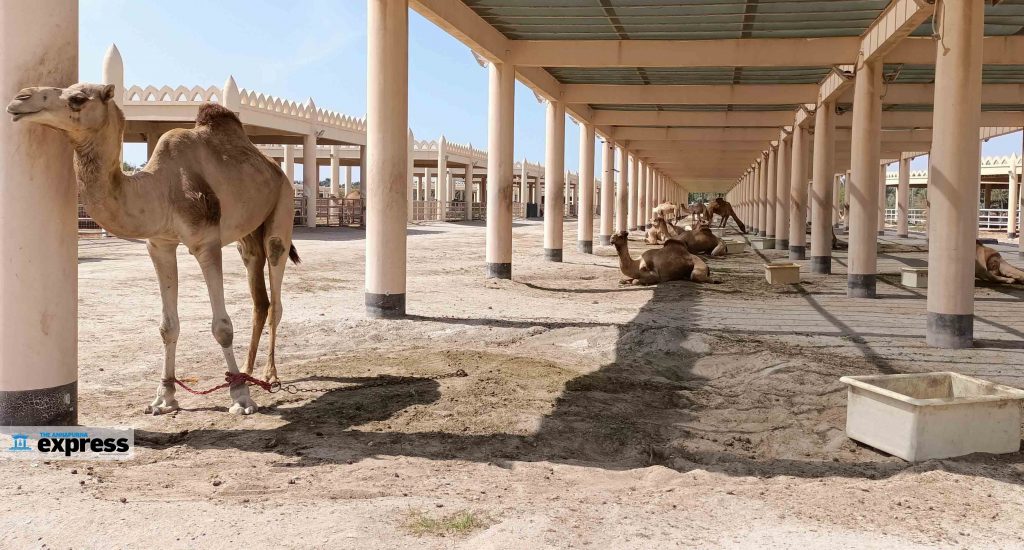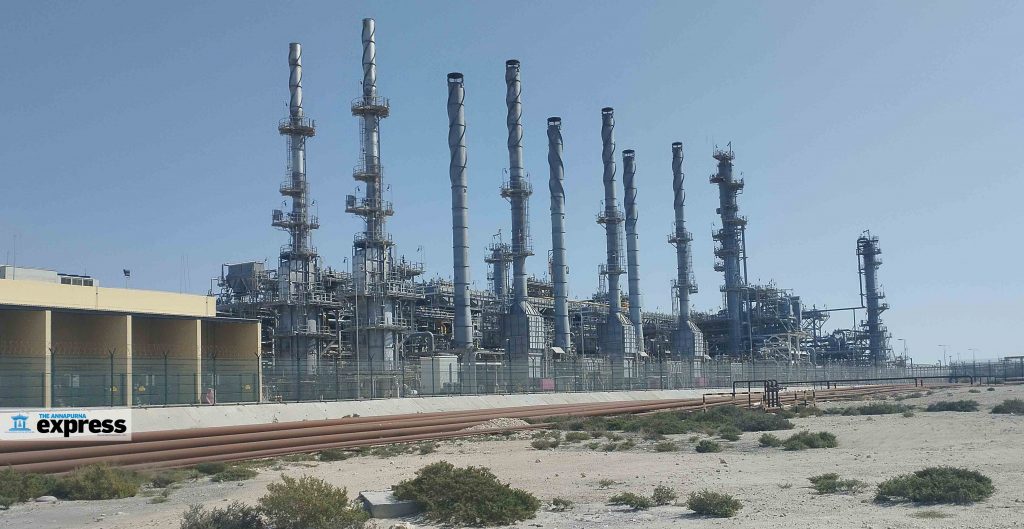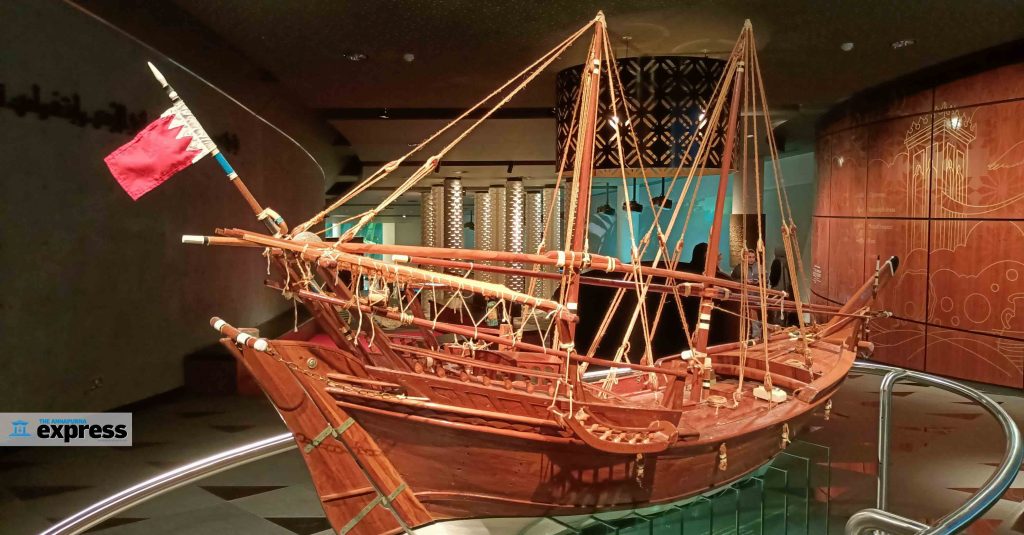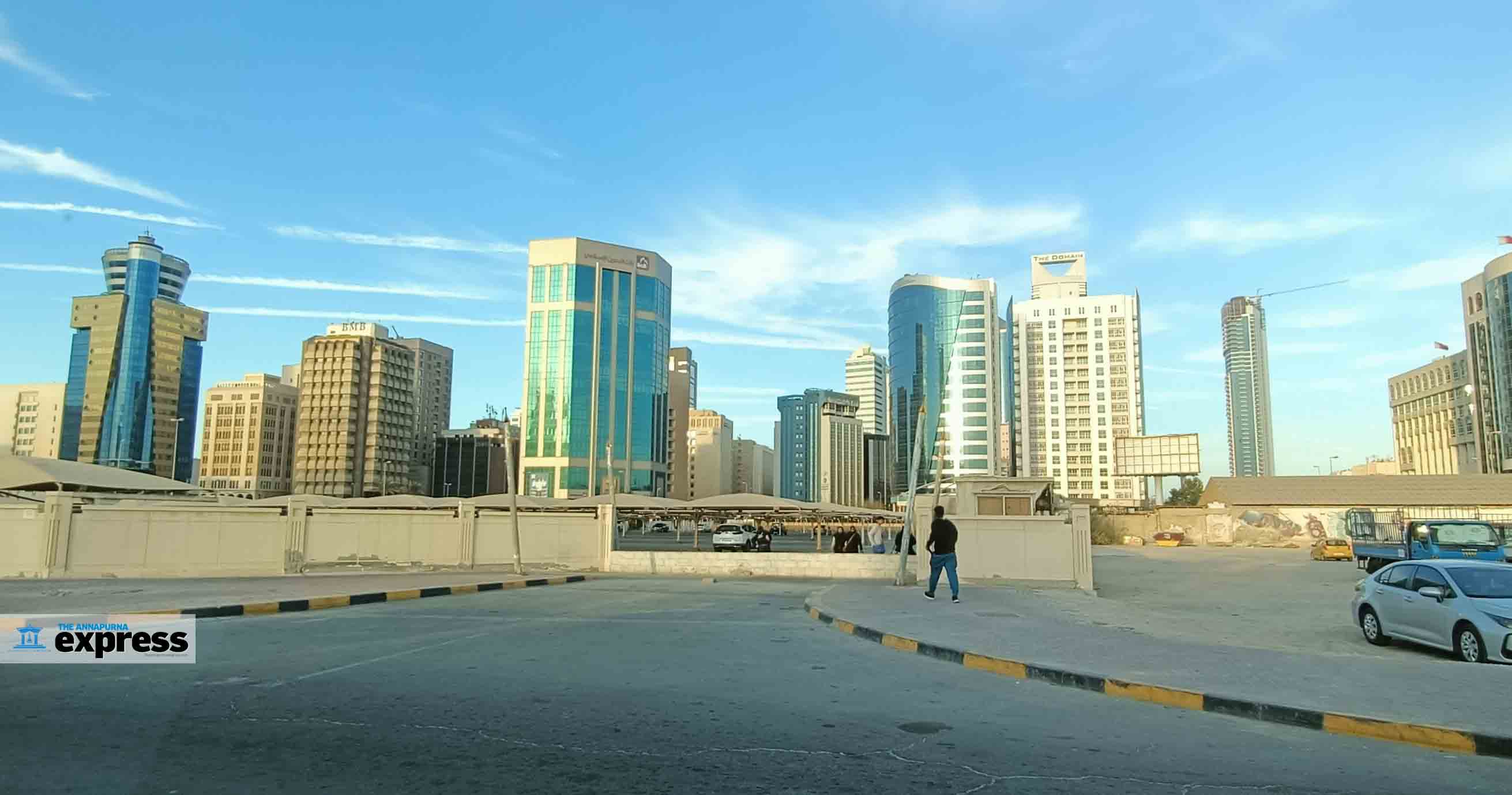Manama: The Kingdom of Bahrain invited a select group of journalists to participate in an event that was going to be held to honor Nepali ophthalmologist Dr Sanduk Ruit with the Isa Award for Service to Humanity. I happened to be one of the lucky seven who went to Bahrain. 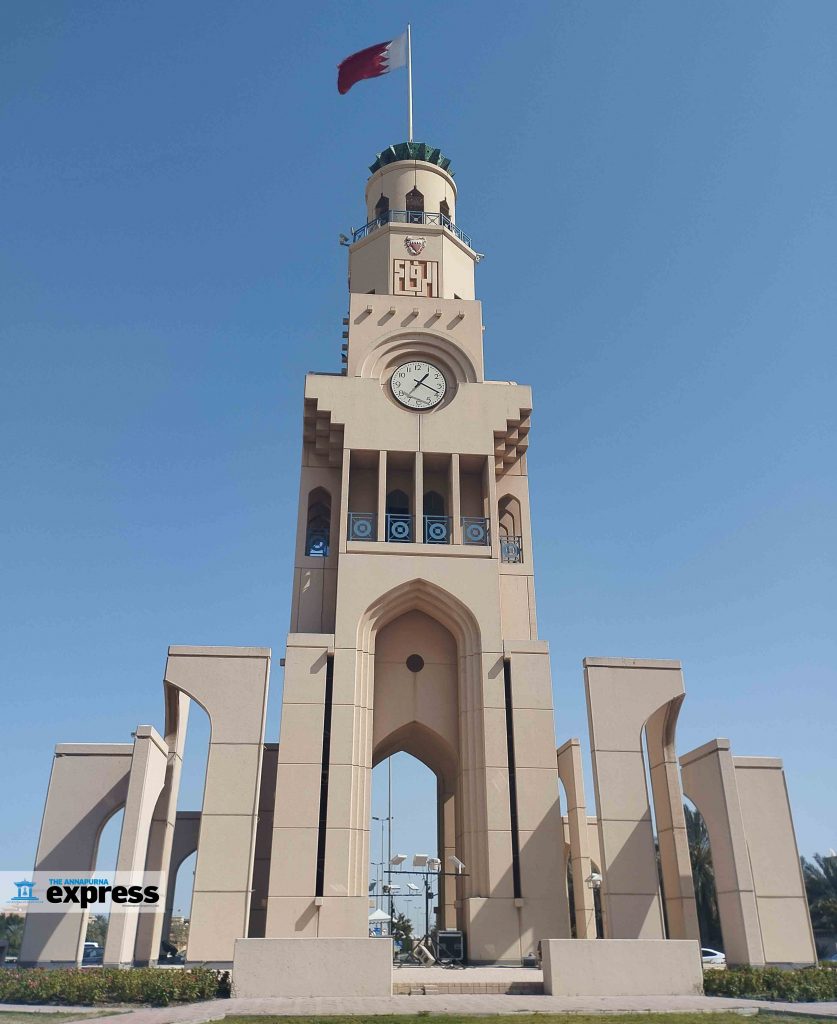
An international trip, even though for work, is fun as you get to visit new places, see new things, meet new people, taste new food and experience new cultures. It was exciting for me not only because it was my first international trip but also because it was my first-ever flight experience. 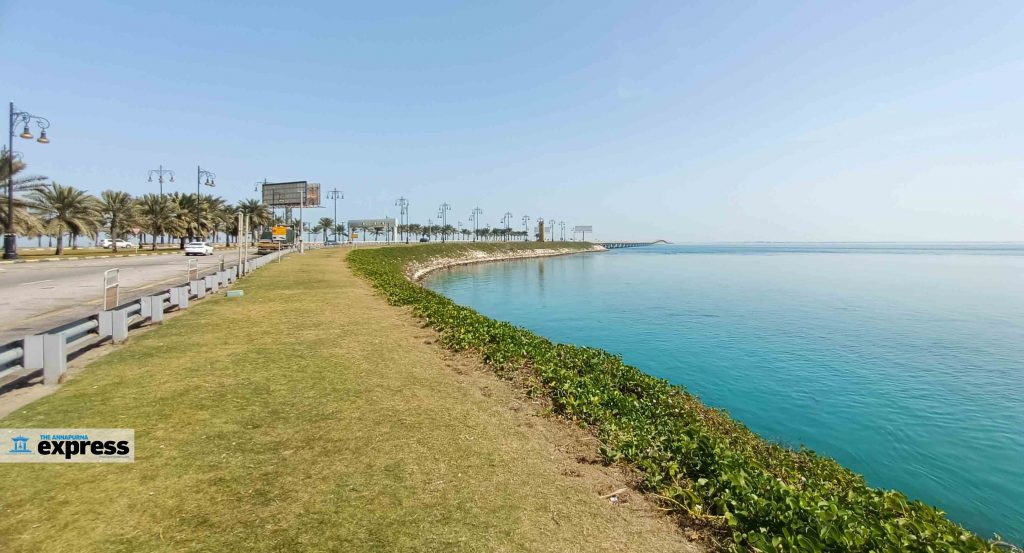 Bahrain is an island country in West Asia comprising a small archipelago made up of 50 natural islands and 33 artificial islands. It spans some 760 square kilometers, and is the third-smallest nation in Asia. In light traffic, you can easily move from one corner of Bahrain to another within 20 minutes.
Bahrain is an island country in West Asia comprising a small archipelago made up of 50 natural islands and 33 artificial islands. It spans some 760 square kilometers, and is the third-smallest nation in Asia. In light traffic, you can easily move from one corner of Bahrain to another within 20 minutes. 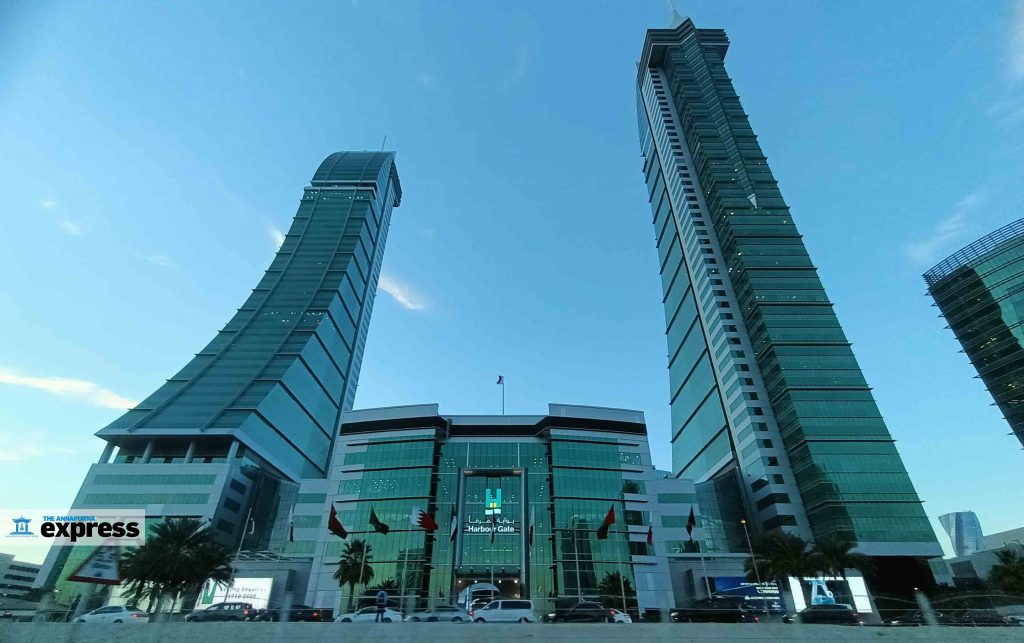 Upon landing in Bahrain on February 19, I started comparing the city bathed in night-light with Nepal. I could see just how different it was from the moment I stepped off the plane. There’s a lot we can and need to learn from Bahrain.
Upon landing in Bahrain on February 19, I started comparing the city bathed in night-light with Nepal. I could see just how different it was from the moment I stepped off the plane. There’s a lot we can and need to learn from Bahrain. 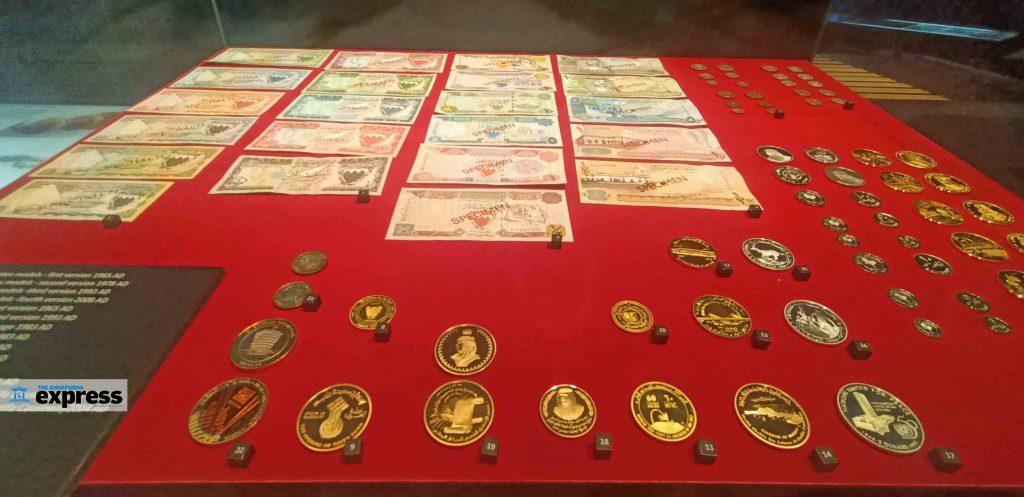 Though located in one of the world’s main oil-producing regions, Bahrain has a handful of small oil wells. Among the gulf nations, Bahrain was the first to find petroleum reserves. We visited the historic well, now converted to an ‘Oil Museum’.
Though located in one of the world’s main oil-producing regions, Bahrain has a handful of small oil wells. Among the gulf nations, Bahrain was the first to find petroleum reserves. We visited the historic well, now converted to an ‘Oil Museum’. 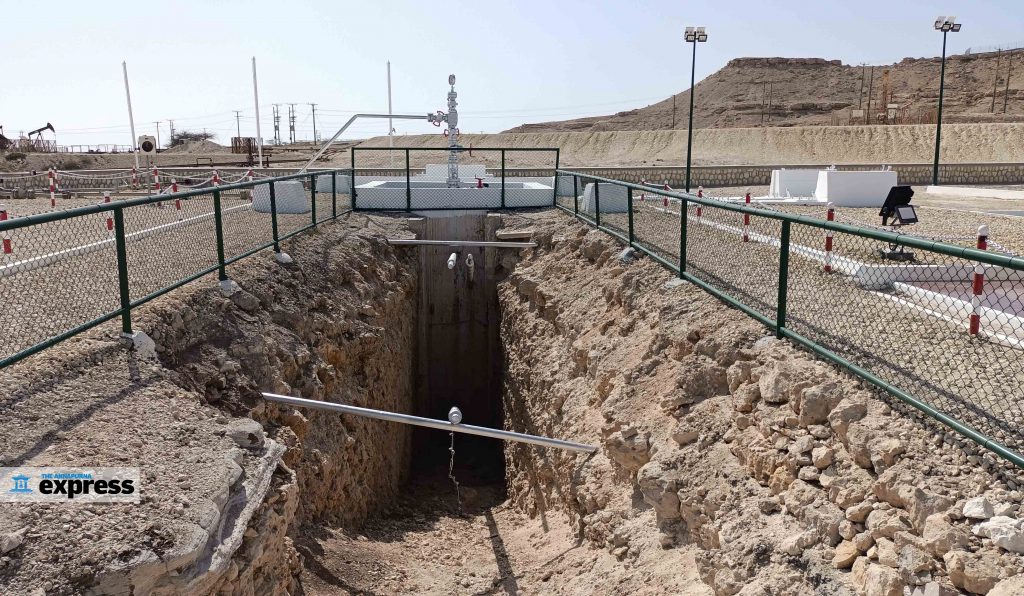 I thought, being an Islamic state, Bahrain might have a strict society, but I found it to be completely different. A strikingly modern city, Manama, Bahrain’s capital, is relaxed and cosmopolitan and is a favorite destination for visitors from the neighboring Saudi Arabia. On weekends, crowds of Saudis come into the city to enjoy its restaurants and bars and the nightlife, which is rare in their country.
I thought, being an Islamic state, Bahrain might have a strict society, but I found it to be completely different. A strikingly modern city, Manama, Bahrain’s capital, is relaxed and cosmopolitan and is a favorite destination for visitors from the neighboring Saudi Arabia. On weekends, crowds of Saudis come into the city to enjoy its restaurants and bars and the nightlife, which is rare in their country. 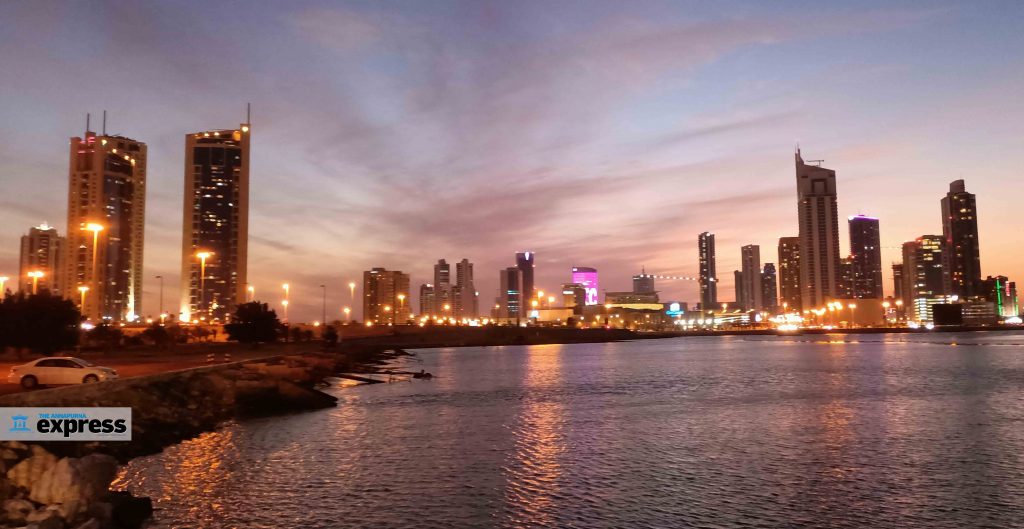 However, traffic jams are an issue in Bahrain. On the weekend, congestion gets heavier than in Kathmandu. It could be because the small island country has no metros and fewer public buses and everyone eligible to drive has their own car. Many of them even have two—separate ones for office and personal use.
However, traffic jams are an issue in Bahrain. On the weekend, congestion gets heavier than in Kathmandu. It could be because the small island country has no metros and fewer public buses and everyone eligible to drive has their own car. Many of them even have two—separate ones for office and personal use. 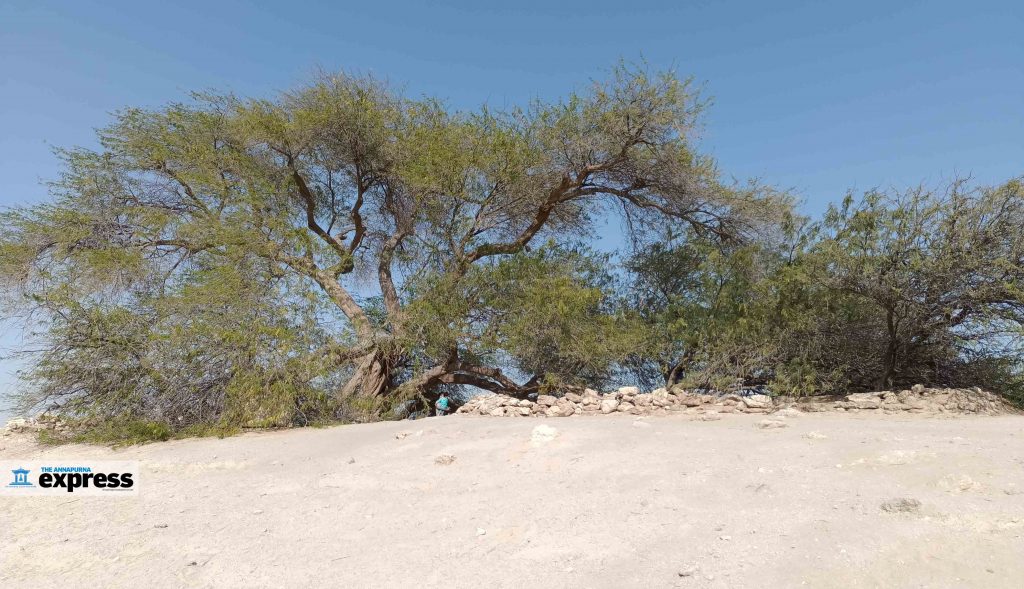 The other places I visited were The King Fahd Causeway, Tree of Life, Bahraini Women’s Monument ‘Athar’ and the National Charter Monument. The Tree of Life is a 9.75 meters high Prosopis cineraria tree that has been standing on a hill in a barren area of the Arabian Desert for 400 years!
The other places I visited were The King Fahd Causeway, Tree of Life, Bahraini Women’s Monument ‘Athar’ and the National Charter Monument. The Tree of Life is a 9.75 meters high Prosopis cineraria tree that has been standing on a hill in a barren area of the Arabian Desert for 400 years! 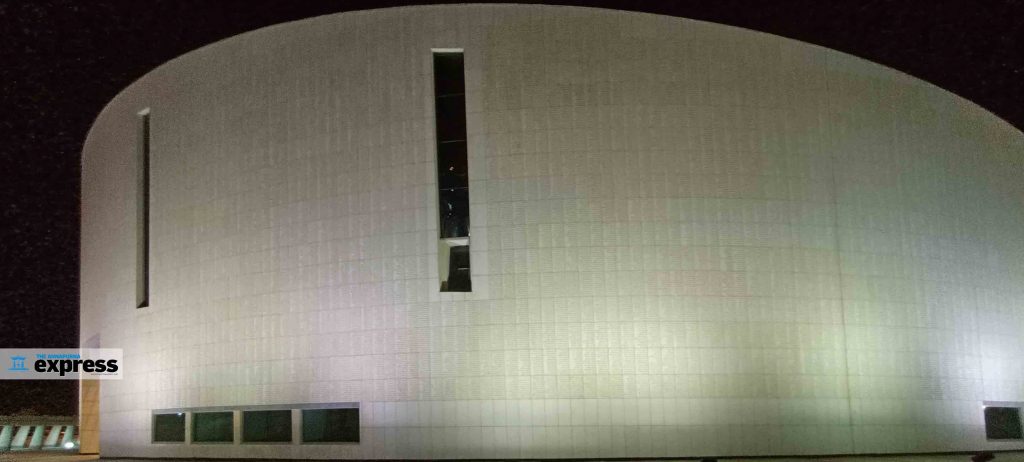 What amazed me the most was the charter monument. It was commissioned by King Hamad al-Khalifa as a ‘gift to the people’ of Bahrain and to honor the National Charter (Bahrain’s Constitution). This building explores concepts and representations of national history and identity in a series of vivid, dramatic visitor experiences. Over 220,000 names are engraved on the walls of this monument—of those who voted during the promulgation of Bahrain’s first Constitution.
What amazed me the most was the charter monument. It was commissioned by King Hamad al-Khalifa as a ‘gift to the people’ of Bahrain and to honor the National Charter (Bahrain’s Constitution). This building explores concepts and representations of national history and identity in a series of vivid, dramatic visitor experiences. Over 220,000 names are engraved on the walls of this monument—of those who voted during the promulgation of Bahrain’s first Constitution. 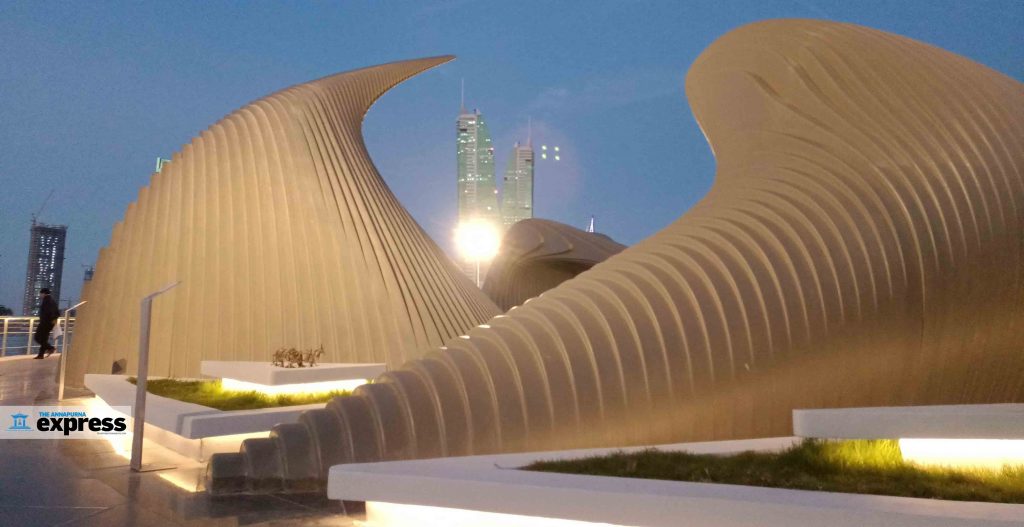 There are many takeaways from my Bahrain trip. Apart from being a fun experience, it also opened my eyes to how impactful government policies and infrastructural development plans can be to create a wonderfully equipped and thus habitable state.
There are many takeaways from my Bahrain trip. Apart from being a fun experience, it also opened my eyes to how impactful government policies and infrastructural development plans can be to create a wonderfully equipped and thus habitable state. 